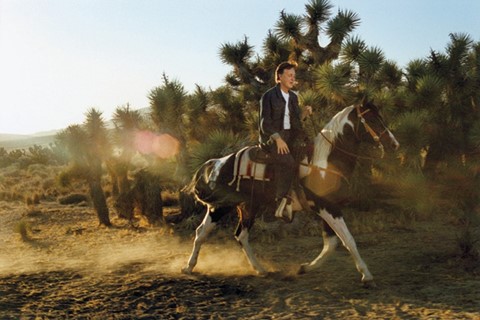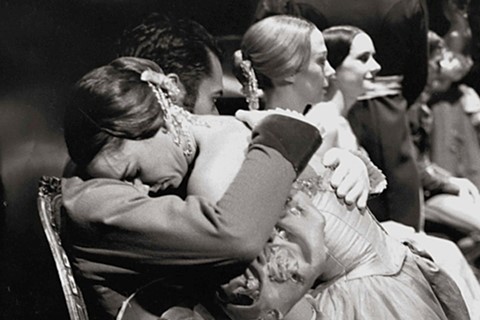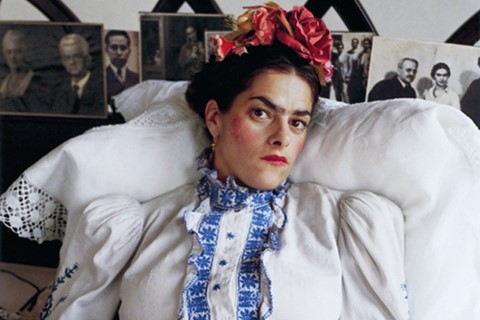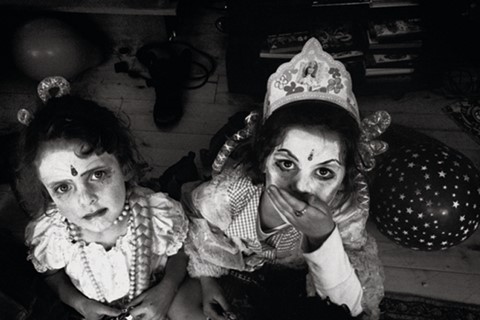“From Where I Stand embodies the way I see things,” explains Mary McCartney of her new photography book. Delving into her complete archive – which stretches back to the 1990s – McCartney has chosen a selection of her very best work that ranges from
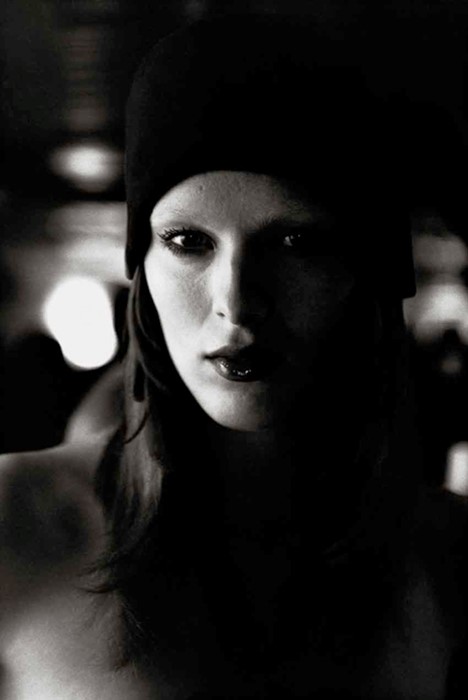
“From Where I Stand embodies the way I see things,” explains Mary McCartney of her new photography book. Delving into her complete archive – which stretches back to the 1990s – McCartney has chosen a selection of her very best work that ranges from intimate portraits of famous characters to backstage shots at fashion shows, concerts and ballets. Establishing a close relationship with many of her sitters, whom she has photographed over many years, McCartney’s images give an intriguing and intimate insight into her world and the people and events that have shaped her. Daughter of photographer Linda McCartney and The Beatles’ Paul McCartney, she has inherited her mother’s talent for image-making and her father’s Access All Areas pass, giving her unique exposure to some of the greatest events and eminent people, which she captures with beautiful delicacy and sincerity. Here McCartney muses on Tracey Emin, Talking Heads and taking her dream photograph.
Where did your passion for taking photographs begin and what keeps you doing it?
I think my passion for photography started when I was a child and first discovered old vintage black and white images. I found them mysterious and wonderful and they told so much but also kept me guessing too.
How would you describe this book to someone who hadn’t seen it?
This book is a personal selection of images taken from my photographic archive over the years. It explores my personal interest in the more intimate side of photography, which shows private moments and characterful expressions rather than the outward veneer.
What do you feel your images reveal and how much of you is reflected in them?
Within my photography I aim to capture unexpected, unplanned moments, and within my portrait work I am interested in gaining a personal insight into my sitter’s personality rather than imposing my expectations onto them. I also enjoy exploring personal space, such as beds and backstage before or after performance.
Either backstage or off-guard, you catch the moments in between beautifully – what is it about the visually vulnerable that attracts you?
I am interested in the dedication, concentration and effort that goes on before and after and even during a performance (in the intermission). For instance with my project where I was able to shadow dancers from the Corps de Ballet at The Royal Opera House, I became curious about their routine and relationships behind the scenes. But I also wanted to follow them home and stay with them, see them unwind in the evening and wake up in the morning.
Your book features portraits of people whom you have photographed for several years – how important is establishing a relationship with your subjects?
It is the best luxury when I get to spend time with my sitters, and photograph them more than once. That way we can build up a relationship and the sitter can recognise my style and be more open with me. For instance photographing Tracey Emin over the years has been fascinating. The first session (Tracey as Frida) showed that we understood each other well and she has then sat for me often. She knows that I am looking for something personal to her, but that I am not going to exploit that relationship.
Who is the most interesting person to photograph and why?
I have favourite people for different reasons, but I suppose Sian Murphy (dancer from the Corps de Ballet) has been quite special. She was the perfect subject. She did not question me, but just went along with her daily routine whilst allowing me to shadow her – to the extent that I stayed over with her and her flat mate, Victoria Hewitt. She showed her strengths, her fatigue, her power and her vulnerability – photographing her wake up in the morning all the way to photographing her in the bath at the end of a long day of rehearsals.
Who or what would be your dream subject?
That is something that I am looking for everyday.
Do you have a favourite photograph in the book and why?
It is really a collection of my favourite photographs. But some I could highlight would be Sam kissing the blow-up doll man, the still life of the smoking tiger, and the street art portrait of Samuel Beckett.
What do you want readers to get from this book?
I would love people looking at the book to feel a sense of photographs taken with a delicate touch.
If this book were a song what would it be?
Probably a Talking Heads track of some sort, quirky and unexpected.
Please sum this book up in one line?
Work in progress…
Text by Lucia Davies
Mary McCartney, From Where I Stand is published by Thames & Hudson this month and there will be an exhibition of Mary McCartney’s photographs at Michael Hoppen Gallery from 22nd October.

